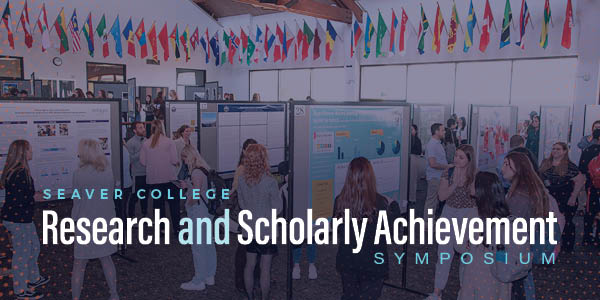Presentation Type
Poster
Presentation Type
Submission
Keywords
intellectual and developmental disabilities; art museums; accessibility; art therapy; tactile; disability
Department
Art and Art History
Major
Art History, Psychology
Abstract
As the art world strives to invite more of the general population into a more reachable experience of art, it is imperative to include the disabled population in that invitation. Given the numerous benefits of participation in art-centered activities for people with intellectual and developmental disabilities (IDDs), it is necessary for centers for the arts to create programming that makes their services more accessible and engaging for disabled individuals. While organizations have made efforts to elevate the work of disabled artists, there has been a less consistent movement toward more accessible art museum programs. A key aspect of encouraging engagement in the arts among individuals with IDDs is the use of tactile supplements to art exhibitions. The following essay assesses the benefits of artistic engagement for individuals with IDDs, previous efforts to include these populations in artistic activities, and recent programs that incorporated tactile components as a way to enhance accessible participation. I propose that by working with exhibiting artists to provide tactile components to exhibitions, art museums can become accessible spaces that foster more engaging experiences for visitors with IDDs. A project hosted at the Weisman Museum at Pepperdine introduced texture samples created by the exhibiting artist Cameron Harvey specifically for visitors with IDDs. Visitors with low vision and visitors with limited interest in looking at the art actively engaged with the texture samples. The program led to the attendance of over 50 participants, parents, and caretakers, thus increasing visibility for the museum and the artist.
Faculty Mentor
Dr. Cynthia Colburn
Funding Source or Research Program
Summer Undergraduate Research Program
Location
Waves Cafeteria
Start Date
11-4-2025 1:00 PM
End Date
11-4-2025 2:00 PM
Art for All: Art Exhibition Programming for Visitors with Intellectual and Developmental Disabilities
Waves Cafeteria
As the art world strives to invite more of the general population into a more reachable experience of art, it is imperative to include the disabled population in that invitation. Given the numerous benefits of participation in art-centered activities for people with intellectual and developmental disabilities (IDDs), it is necessary for centers for the arts to create programming that makes their services more accessible and engaging for disabled individuals. While organizations have made efforts to elevate the work of disabled artists, there has been a less consistent movement toward more accessible art museum programs. A key aspect of encouraging engagement in the arts among individuals with IDDs is the use of tactile supplements to art exhibitions. The following essay assesses the benefits of artistic engagement for individuals with IDDs, previous efforts to include these populations in artistic activities, and recent programs that incorporated tactile components as a way to enhance accessible participation. I propose that by working with exhibiting artists to provide tactile components to exhibitions, art museums can become accessible spaces that foster more engaging experiences for visitors with IDDs. A project hosted at the Weisman Museum at Pepperdine introduced texture samples created by the exhibiting artist Cameron Harvey specifically for visitors with IDDs. Visitors with low vision and visitors with limited interest in looking at the art actively engaged with the texture samples. The program led to the attendance of over 50 participants, parents, and caretakers, thus increasing visibility for the museum and the artist.


